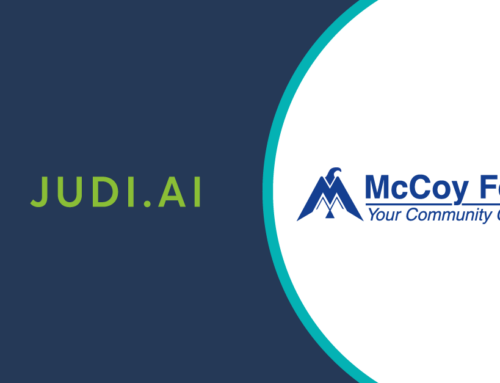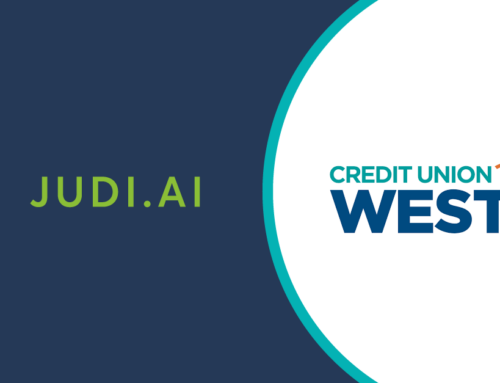The benefits of a cloud-based approach to SMB lending software.
In the first blog of this series, we looked at how innovation in small or medium business (SMB) lending helps credit unions and community banks acquire and grow small business relationships. The second blog focused on efficiency gains and the concept of an all-the-time review process for proactively identifying loan delinquency and default risk, while also identifying opportunities to offer timely SMB advice and services. Today’s blog focuses on the benefits gained from cloud-based lending technology solutions.
As the financial services industry continues to evolve, so do banking business models and architectures. According to McKinsey & Company, nimble digital banks enjoy a ~70% lower cost-to-serve than their traditional banking peers. To remain competitive and meet consumer expectations around speed, trust, convenience and relevancy, credit unions and community banks are prioritizing new ways to accelerate their digital transformation…while keeping their cost-to-serve in check.
Modernizing legacy systems is something that many financial institutions must do to increase their security, enable new software features to be added quickly, and boost their productivity. To expedite innovation in business areas such as SMB lending, many credit unions and community banks are choosing to leverage dynamic cloud-based technologies. Software-as-a-Service (SaaS) solutions such as SMB lending analytics platforms help to streamline operations, automate underwriting and digitize the SMB loan application process. This helps financial institutions overcome the time and resource inefficiencies associated with costly legacy infrastructure and manual processes. It also helps them align with innovative digital transformation drives and become competitive against the agile alternative lenders, Fintechs and Bigtechs that are eagerly snapping up dissatisfied SMB customers.
Noted benefits of a cloud-based approach to SMB lending include:
- Flexibility – SaaS solutions are continuously evolving and more digitally compatible than legacy infrastructure. Many are built with modern APIs that make it easy to integrate your lending technology stack and seamlessly adopt new service models such as banking-as-a-service, embedded financing, platform banking and open banking.
- Agility – Cloud-based technology solutions can expedite the ingestion of new alternative data sources and make it easy to adapt credit model decisioning engines. They also speed up the time-to-market of new product and service offerings – something that has become important for credit unions and community banks competing against agile alternative lenders, Fintechs and Bigtechs.
- Cost effectiveness – Software-as-a-Service technologies offer a more cost-efficient model for serving SMBs to help lift margins. They require less operational, service and IT resources, and are typically less expensive to maintain than legacy lending infrastructure that lives in a business data center. Financial institutions also save costs associated with overhead and depreciation.
To summarize, by taking advantage of the flexibility, agility and cost effectiveness that comes with cloud-based, SaaS lending solutions, financial institutions are one step closer to offering an SMB lending cycle that will deepen engagement, reduce risk and decrease cost-to-serve. To learn more about JUDI.AI, and how we expedite innovation in SMB lending, book a demo.
Next read part 4, which delves into the performance lift associated with modern AI-driven, SMB-specific credit risk models.




